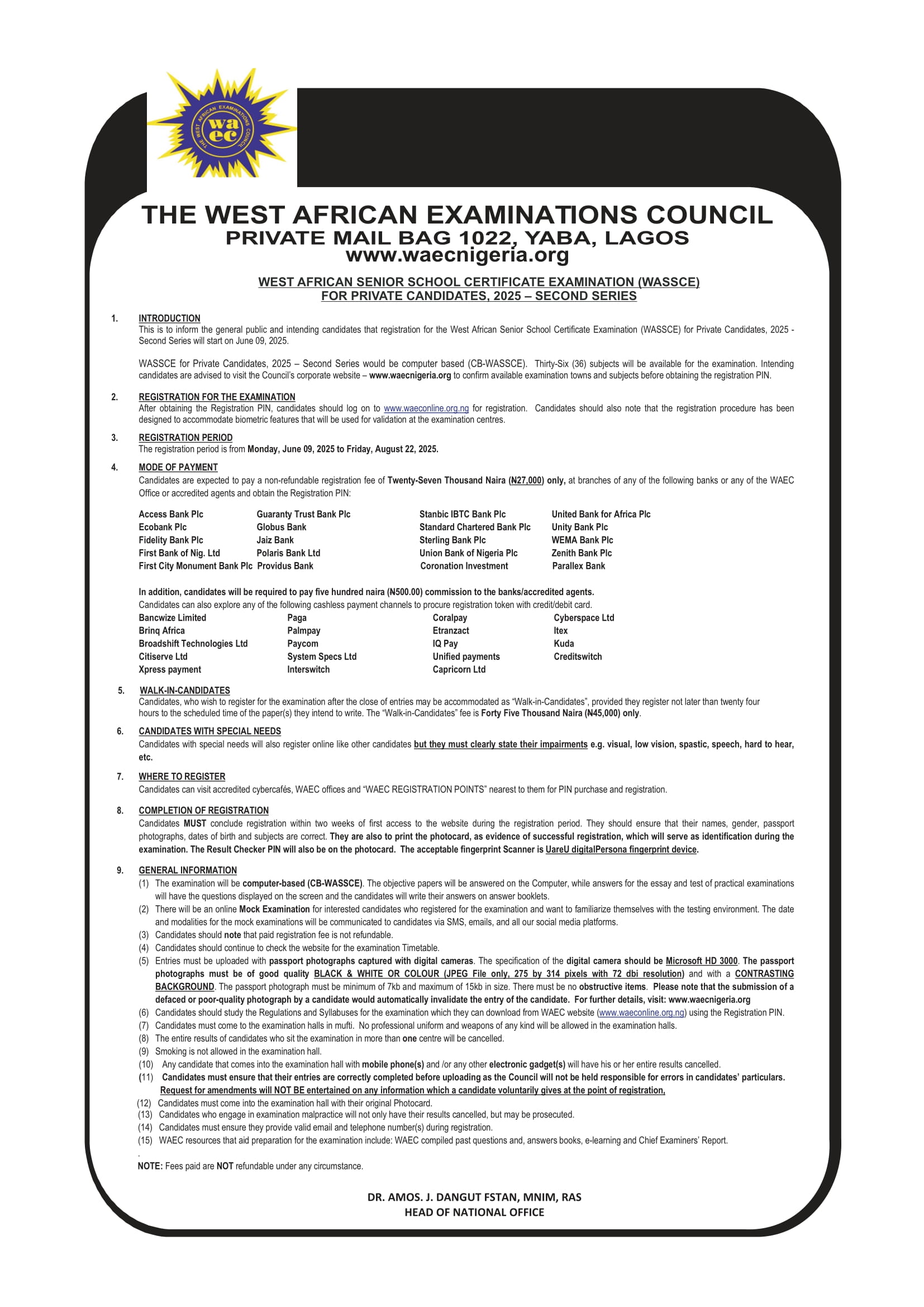
Lagos demolition
Prioritising Safety In The Built Industry By Ajibola Taiwo

Safety is an important consideration to have in place in the construction of any structure or building. It comprises all the processes involved in preventing the likelihood of accidents before, during, and after construction processes. These could include ensuring that construction sites, which are inherently hazardous environments, are safe from risks such as falls, electrocution, and being hit by objects. Prioritising safety involves implementing strategic but routine measures like training on proper protocols and positioning in handling equipment, appropriate use of personal protective equipment, and ensuring that work environments are free from hazards, among others.
There are several reasons why safety should be prioritized from the planning stage before the commencement of any construction work. Beyond ensuring that the structural integrity of buildings is upheld after construction, failure to comply with safety protocols could lead to substandard workmanship, compromising the stability and durability of such structures even while the construction work is on-going. In the long run, such buildings would require more input in terms of service maintenance, repairs, or even rehabilitation, and in extreme cases, could pose a danger of collapse. In some cases, buildings that do not follow safety protocols might become unhabitable or unfit for the purpose they were built.
Safety considerations are also integral in complying with legal requirements and industry standards. For instance, building codes and regulations often mandate that certain measures are followed during construction to ensure that a minimum standard of safety is maintained, and failure to adhere to these measures leads to sanctions in terms of fines, legal liabilities and delays in completion of the project.
In Ogun State, for instance, the domestication of the National Building Code is in its final stages, and the document is poised to serve as a veritable regulatory instrument in the construction industry. Consequently, safety was a priority and recurrent theme in all the interactions among the various professionals who took part in the domestication exercise.
Prioritizing safety during construction can also positively impact the environment, particularly in the area of implementing or upholding environmentally-friendly construction practices, such as proper waste management. This would, in the long run, minimize the impact of the construction activities on the environment while promoting sustainable development.
It is important to emphasize that safety considerations should not begin at the stage of construction but rather at the point of obtaining the land on which to build. Such considerations should include exploring the location extensively to answer certain questions like: Is the land on a flood plain or drainage channel? Is it within the road right of way? Is the land near or under a high-tension power line? Is it located at the top of a hill or at the bottom? Is the soil a marshy type, or is the area one that can easily sink under certain loads?” All these and many more considerations would determine the type and designs of structure that could be erected on the site.
Perhaps this is why, in its bid to promote safe practices as an integral part of service delivery in the built industry, the Ogun State government made it illegal for developers to engage workers on a construction site without providing them with proper Personal Protective Equipment (PPE) or taking out an all risk insurance. Compliance with this regulation, which is largely within the purview of the citizenry, is an additional layer of security for both the workers and the owners of the construction project, as it ensures fast and easy access to medical care in case of accidents.
The government has also embarked on sensitization and awareness activities in an effort to change the societal behaviour of avoiding or neglecting the use of professionals in construction activities. Its Building Production and Management Authority has, in partnership with a tertiary institution, Moshood Abiola Polytechnic, designed a certification training programme for artisans to upgrade their proficiency and service delivery. It has continuously engaged with stakeholders such as block moulders associations, iron rod merchants, plank sellers, sand sellers, etc. and professional bodies in the built environment including the Nigeria Institute of Building (NIOB), Nigeria Society of Engineers, Nigeria Institute of Town Planners (NITP), Association of Town Planning Consultants in Nigeria (ATOPCON), in order to foster synergy, understanding and cooperation in the whole business of building and construction in Ogun State.
As the government is doing its part towards promoting safety in the built industry, the onus rests on the public to take ownership of their own safety by following all required and legislated safety protocols. What’s more? regular maintenance of buildings will ensure that the integrity of such structures is not compromised and they will stand the test of time.
Taiwo of the Ministry of Physical Planning and Urban Development, Ogun State Government, Oke-Mosan, Abeokuta, the state capital.
About The Author

